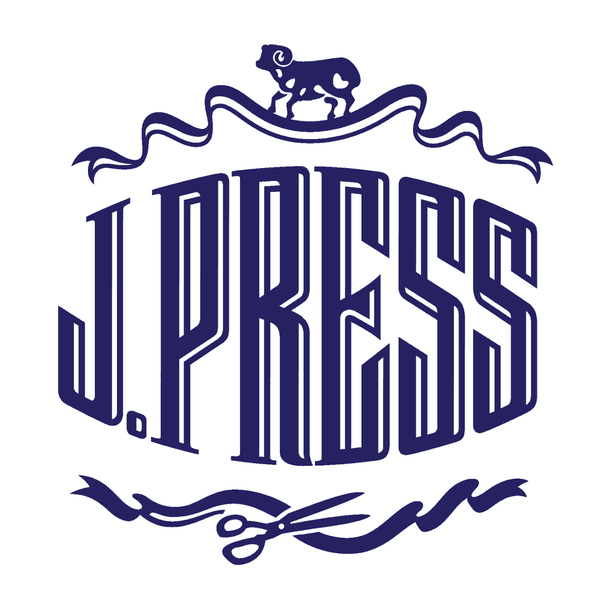Since the first decade of the twentieth century, my grandfather, the eponymous Jacobi Press, established a longstanding relationship with Welch Margetson, British exporters providing him merchandise resources including woolens, worsteds for his custom tailor shop together with assorted haberdashery furnishings for extensive retail merchandising. Welch Margetson introduced Burberry (or Burberry’s as they were known at the time) to Grandpa.
His off the rack raincoat and overcoat merchandise was birthed in collusion with Burberry’s of London. Meeting the needs of military personnel during World War I, the “Burberry Trench Coat” was born due to its being worn by British officers in the trenches. After the war, it became popular with civilians. The Burberry check plaid has been in use since the 1920s, primarily as a lining in its trench coats. Shortly thereafter Burberry also manufactured expressly for J. Press a wide selection of Harris Tweed, Scottish Shetland and Saxony Tweed Overcoats styled in the same manner as the Trench Coat—double-breasted Guardsman style.
During a 1969 night on the town with Frank Sinatra and his crew at Frank Jr.’s Rainbow Room night club appearance, he threw me the 25 oz. Saxony Herringbone Tweed double-breasted Burberry Guardsman overcoat he had retrieved making a final sweep of Frank Jr.’s dressing room enroute to Toot Shor’s, Sinatra’s legendary drinking hangout. “Hey Richie,” Sinatra shouted, “get me one of these Winston Churchills.”
Burberry was a family-controlled company until 1955 when Great Universal Stores assumed ownership that eventually diminished our heretofore sibling relationship.
Norman Hilton, quintessential Ivy clothing manufacturer, remained apart from J. Press until the mid-1970s when Hilton was selected by Burberry to oversee their tailored clothing brand in America. Norman Hilton, Princeton to the core, felt neglected by J. Press, but recognized the unique marketing opportunity introducing Burberry/J. Press suits might bring to the fore. We agreed and the new line highlighted a spectrum that included hand stitching, fully lined jackets, and top end worsteds, all slightly above our standard ready-to-wear price tag. Yep, we even included a Blue Blazer with Burberry Plaid lining. The relationship lasted several years until Hilton got itchy branching out the Burberry line to competitors prompting our farewell.
The Burberry-J. Press affiliation commenced the year following World War I lasting at least four decades after World War II.
It was just one of those things—a trip to the moon on gossamer wings.
RICHARD PRESS


9件のコメント
I too have a ’93 plain front Burberry raincoat which is an old friend.
I bought mine in New Have. Store 1989 ! It’s still looking good new buckles that’s all. Pluse you had the Cashmere scarf git that too.
3 years later I bought a black.
You don’t see too many people wear them anymore unless they’re older like me l o l
Why do Americans say “plaid” instead of “check,” as in Britain? Just curious.
Although touting a British heritage, the only thing in Burberry stores still made in England is the trenchcoats. Burberry now a fashion company and mostly Italian made
Not to worry, Ole Blue Eyes got his Winston Churchill